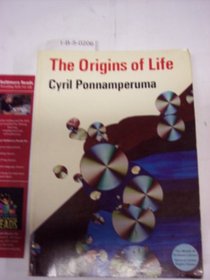How did life begin?
This is a question men have asked and tried to answer, ever since the first creation myths were told. The answers that scientists are proposing, and testing, today stem from the swift advances that the life sciences have made in the last twenty years, and from our new understanding of those basic 'building blocks' of life, the nucleic acids, and the proteins. Their constituent chemicals, such as amino acids, sugars, purines and pyrimidines, have been synthesized in a simulated primeval atmosphere without oxygen, with energy provided by electric sparks, ultraviolet light or radioactivity - all of which would have been present as our lifeless planet slowly cooled. Through at least a billion years, through steps of increasing complexity, this chemical evolution would have continued: the first proteins, the first self-duplicating DNA, the first membrane, the first cell. As photosynthesis and a primitive plant life began, oxygen appeared in the atmosphere, and then the protective ozone layer cutting off the ultraviolet light so essential to these first steps and so lethal to life as we know it. This setting of the stage for life is an absorbing study, told with clarity and imagination by one who played a fundamental part in its unraveling.
Cyril Ponnamperuma is a Professor of Chemistry at the University of Maryland and was former director of the program in Chemical Evolution at the Exobiology Division of NASA.




